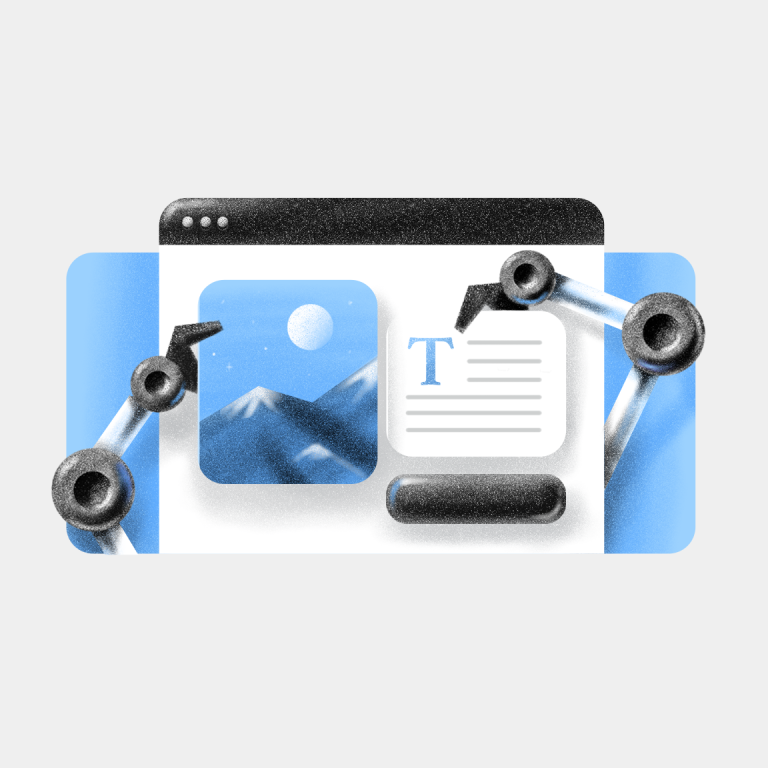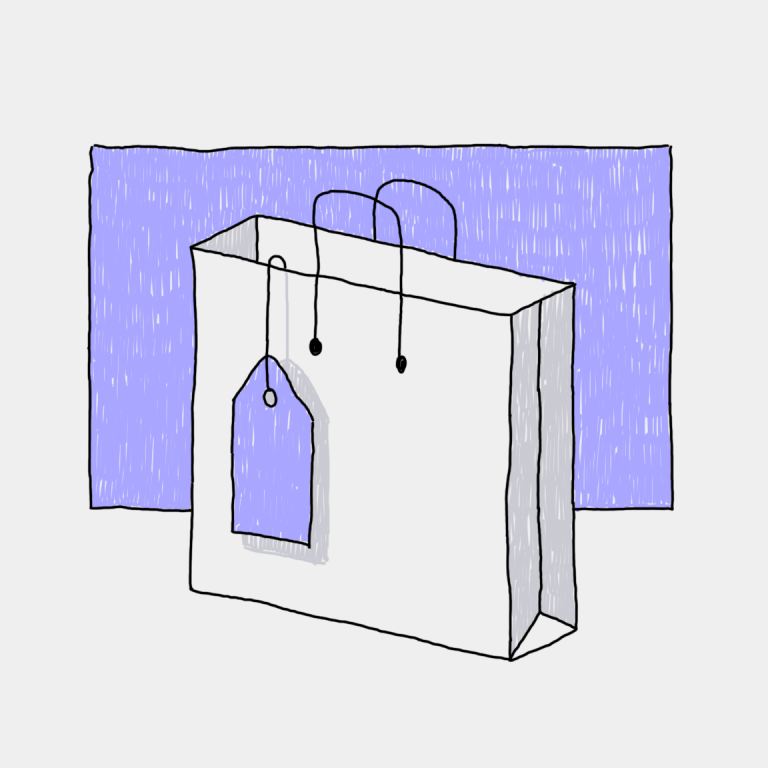Nike is .
So is .
We’re talking about running
This has changed radically in the last few years.

Adidas
Can your
Read on to find out!
The Rise of Pop-Up Shops
In the US,
Why are entrepreneurs and retailers, big and small alike, so keen on
There are three reasons:
- Low cost: A
pop-up shop only costs 1/5th of what it would cost to run that store at full scale. This low cost is particularly attractive to entrepreneurs who want to test out new ideas. - Experiment easily:
Pop-up shops allow retailers to experiment with new experiences. Instead of creating a store from scratch, a retailer can test out a new idea and see if it sticks without having to make ahigh-impact commitment. - Business marketing: A
pop-up shop puts your business right in front of your customers. This is great for increasing brand visibility.
According to Melissa Gonzalez, author of , a
Before you can start you own
Related: Think Local: Corktown Soap’s Journey From the Beginning to 70+
Key Goals for a Pop-up Shop
It doesn’t matter whether you’re a new startup or an established
Increase brand awareness
Bonobos, the popular
Within a year, the two salespeople brought in $250,000 worth of business by themselves, mostly from customers who had never heard of Bonobos.
This is one of the core goals of any
Test new markets
A street fashion and surf wear line from Southern California called “After Eleven” wanted to expand into San Francisco, except there was a problem: San Francisco is noticeably colder than LA.
Instead of spending thousands of dollars to put up a complete store, After Eleven decided to test the San Francisco market by putting up a
Engage customers
A child apparel line called “Little Vida” often sets up
This is another key goal of any
Generate revenue
Last, but not the least, running a
When done well, a
Now that we’ve got these essential metrics out of the way, let’s take a look at everything you need to start a
Things You Need to Create a Pop-up Shop for the Holidays
Opening a
A budget
Some of the things you should account for in your budget are:
- Furniture
- Merchandising fixtures
- Lighting
- Inventory
- Marketing and promotion
- Rent
- Utilities
Depending on the size and features of your shop, and the duration you set it up for, you might also have to arrange for:
- Checkout counter
- Window display props
- Internet
- Insurance
- Paint
- POS
- Credit card fees
Besides this, you’ll also need to budget for food and drinks for both salespeople and guests.
A shop location
If you are just starting out, a store or a booth within a larger shopping center or mall that complements your brand is the best way to reach out to your target demographics. The foot traffic and credibility of such spaces can bring the right kind of exposure to your brand.
A viable alternative is to keep an eye out for vacant commercial property in
You can also check out upcoming events in your area and choose to be part of galleries and events that match your business area. Minimalistic
There are a couple of online services that help you find
- Republic Spaces
While there are a number of things you’ll need to factor in when deciding on a location, existing foot traffic and presence of other prominent brands are most important.
It’s also a good idea to figure out your target customers’ demographics. At the very least, you should know their:
You also need to target your customers well. It’s a good idea to know their exact demographics, including their:
- Age group
- Gender
- Income level
- Education level
- Areas where they might be living
- Type of occupation
- Relationship status
- Ethnicity
- Interests & hobbies.
This will help you find a shop location that matches your target demographics. For example, if you’re targeting baby boomers, a space at the local mall between Abercrombie & Fitch and Forever21 won’t really help you get the foot traffic you need.
Interior design and visual merchandising
Remember that your
This is why a large part of your budget should go towards your interior design and visual merchandising.
When you are positioning your
- What is your store? What brand message do you want your customers to know?
- How you are different from your competitors?
- Why are you in this business and how can you make a difference to your customer?
- Which colors, words, values, and logo you want to be associated with your company?
- What values do you want to convey to the customer? Are you fun and youthful? Graceful and mature?
Once you know these two things, you will have better insights into how you want your
When you’ve decided these elements, it’s time to design the actual shop. Typically, a
- Decompressing zone: The first
5-15 feet of space in your store. This is the first impression of your shop on the visitors where they decide whether you are cheap or expensive, organized or shabby, and so on. - The power wall:��The wall to the right of your store. This is the wall where you position your best products or arrange things that you want to highlight.
- The pathway:��Most visitors turn right when they enter a store. Hence, this is where the pathway to your entire store should have its entry point. You can employ a circular path to take your visitors to the back of your aisle and direct them back to the front door. You can put bright,
attention-grabbing displays here and there to catch the visitors’ eyes and��create “speed bumps”��in areas where you want them to spend more time. - Cash wrap zone: It is usually placed at the end of the pathway or to��the left side of the store. This is where customers pay for purchases.
- Customer’s comfort zone:��To make your visitors linger longer, make sure they are comfortable in your store. You may place comfy seats and chairs or allow them adequate space to stand. Looks can attract, but it is the actual experience of your store that will cinch deals for you.
A way to collect payments (and bring your online store offline)
The final step in the
Not only is it difficult to set up in a small, mobile space, but it also doesn’t tie your
- Sell Anytime and Anywhere With 51��Ƶ and Square
- Connect 51��Ƶ and Clover
- Sell
In-Person With 51��Ƶ and Vend
In the end, remember that while a
��
- A Foolproof Advertising Strategy for the Holiday Season
- Getting Your
E-commerce Store Ready for Christmas and New Years - Getting Your Ecommerce Shop Thanksgiving Ready
- BFCM: 22 Ecommerce Tips for Your Holiday Marketing Campaigns
- The Essential Guide to Holiday Promotions for Ecommerce Stores
- 8 Black Friday Pitfalls
First-Time Sellers Should Be Aware Of - What You Need to Open a
Pop-Up Shop This Holiday Season - Best Practices For Ecommerce Shipping During The Holiday Season
- Best Practices for a Successful Holiday Season: 5 Do’s and Don’ts







